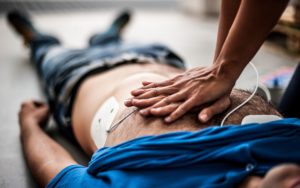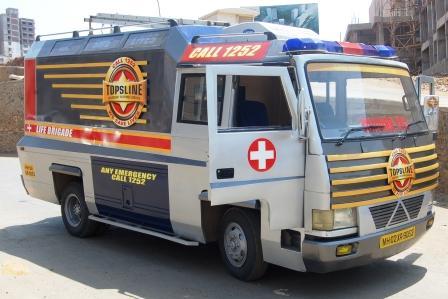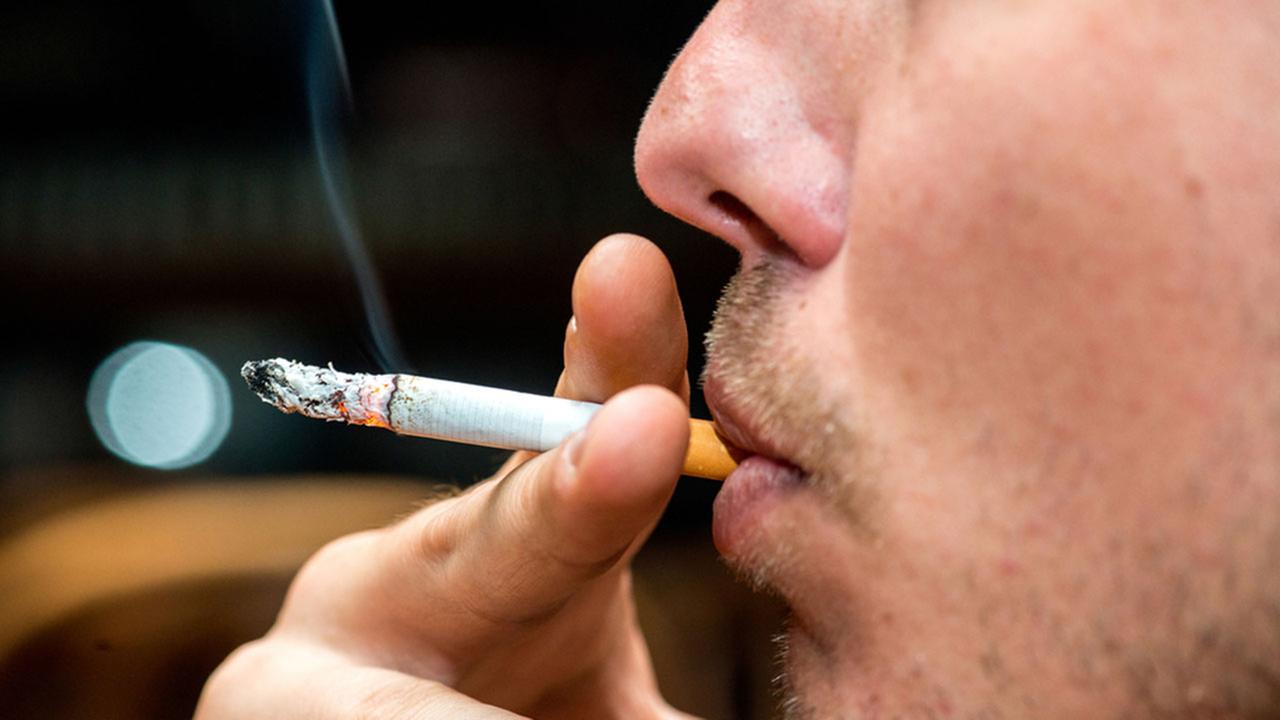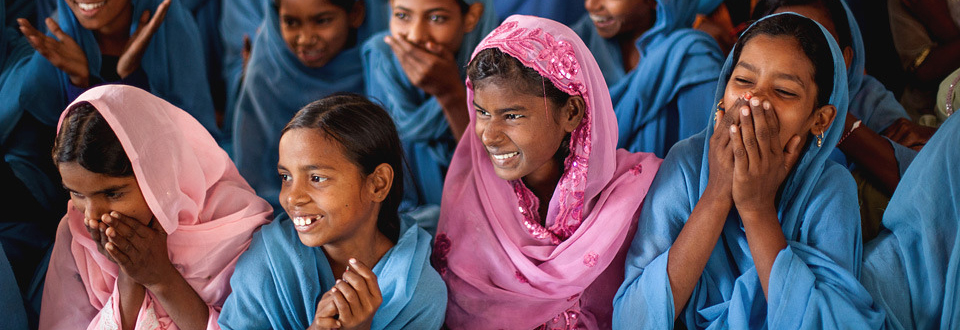
 It is believed that by 2030, India alone will account for 60 per cent of the worlds cardiac patients, nearly four times its share of the worlds population. The major reason for these alarming statistics is lack of awareness towards healthy lifestyle and the lack of knowledge of few simple steps that can be taken during emergency or before reaching the hospital.
It is believed that by 2030, India alone will account for 60 per cent of the worlds cardiac patients, nearly four times its share of the worlds population. The major reason for these alarming statistics is lack of awareness towards healthy lifestyle and the lack of knowledge of few simple steps that can be taken during emergency or before reaching the hospital.
Out of the people who die from heart attack, about 50 per cent die within an hour of their initial symptoms before they reach the hospital. The chances of survival of the victim can increase significantly if they are given Cardiopulmonary Resuscitation (CPR) immediately. Hence, people present at the scene can help avert the risk of death by proving CPR promptly to the victim.

As we observe ‘World Heart Day’ on September 29, doctors from Columbia Asia Referral Hospital, Yeshwanthpur (CARHY) are educating people to take charge and be aware of Basic Life Support (BLS) and Cardiopulmonary Resuscitation (CPR) techniques that can successfully improve the quality of life of the victim.
Providing BLS and CPR during the golden hour can help in preventing pre-hospital deaths from injuries as well as heart attack if there is a delay in receiving hospital treatment or medical care. Mostly, the steps we take in haste while attending to an emergency, makes a deep-rooted impact in saving the life of the patient. Thus, it is vital for all to learn the BLS and CPR techniques, so that we can take the right measures when required, said Dr Firozahmad H. Torgal, Consultant Emergency Medicine, Columbia Asia Referral Hospital, Yeshwanthpur.
These are simple steps like early recognition and initiating chest compression in cardiac arrest or protecting cervical spine with c-collar in road traffic accident victims and for this you dont need to be an expert in medicine to take these lifesaving steps. Therefore, CPR and BLS should be made mandatory in secondary level of education and to all public service job holders as the chances of survival of the victim increase double fold if appropriate emergency medical care is provided immediately, added Dr Firozahmad H. Torgal.

Time is the essence while treating a heart attack and cardiac arrest victims. When the heart stops beating, blood flow to the body organs ceases. Of all the organs, brain is affected first. People become unconscious within 15 -20 seconds after the heart stops and chances of brain recovery decreases with time so much so that irreversible brain damage is common if circulation is not restored within five minutes of cardiac arrest,” explained Dr Prabhakar Shetty Heggunje, Chief of Cardiology, Columbia Asia Referral Hospital, Yeshwanthpur.
The need of the hour is to train common people to do CPR and BLS before the victim reaches the hospital. This training will help them to learn special skills required to deal with heart related emergencies. Skills to perform CPR through chest compressions, maintaining victims breathing by providing appropriate rescue breaths, can greatly improve the chances of survival of these unfortunate people, he added.
You too can save a life. And for this you dont need a medical degree. Below mentioned are two cases that amplify the message from the emergency team of doctors from Columbia Asia Referral Hospital, Yeshwanthpur.
Case: 1
Emergency team of Columbia Asia Hospital received a call for ambulance from a nearby place saying that a 44-year-old man has collapsed and requires urgent medical attention. Doctors from Columbia Asia asked if the wife of the victim knew Basic Life Support. The hospital sent an advanced cardiac life support team along with the ambulance as the wife was unaware of the basic techniques. The team of professionals trained by American Heart Association tried reviving the victim on their way to the hospital. After effective CPR for 45 minutes in the emergency department the patient was declared dead.
Had the victims wife or the neighbours knew CPR, the patient could have survived.
Case: 2
A 65-year-old male with the history of severe chest pain, uneasiness and sweating, collapsed at home. Daughter of the victim called emergency team at Columbia Asia Hospital and wanted ambulance immediately. Doctor from the hospital advised victims daughter to start CPR till the ambulance arrives. Fortunately, the girl knew CPR techniques and continued performing chest compressions. On arrival of the patient to the hospital, the cardiology team along with the emergency doctors successfully resuscitated the patient and shifted him to Cath lab. Patient underwent angioplasty and had survived a major heart attack. Some days later patient was discharged and went home walking.
Be a part of Elets Collaborative Initiatives. Join Us for Upcoming Events and explore business opportunities. Like us on Facebook , connect with us on LinkedIn and follow us on Twitter , Instagram.












